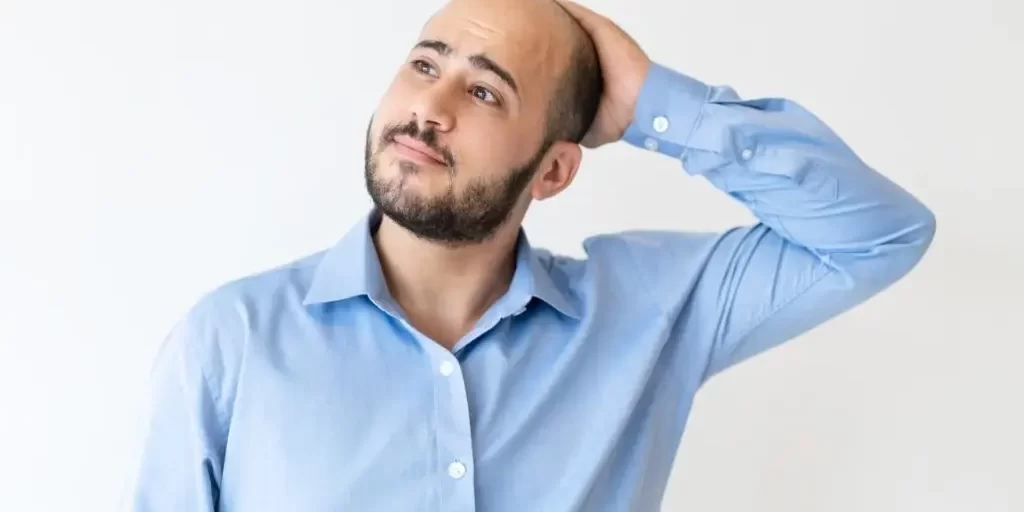Through extensive research, scientists have created natural-looking hair that grows through the skin. By using human-induced pluripotent stem cells (iPSC), it was possible regenerate hair follicles. This is a major scientific breakthrough that could revolutionize the hair growth industry.
Sanford Burnham Prebys scientists have created a natural-looking hair that grows through the skin. It was made possible thanks to human-induced pluripotent stem cells (iPSC). These cells were able to regenerate hair follicles. The findings were presented at the annual meeting of the International Society for Stem Cell Research (ISSCR) and received a Merit Award. A newly formed company, Stemson Therapeutics, has licensed the technology.
Today, more than 80 million men, women and children in the United States experience hair loss. Genetics, aging, childbirth, cancer treatment, burn injuries and medical disorders such as alopecia can cause the disease. Hair loss is often associated with emotional problems that can reduce the quality of life and cause anxiety and depression.
The study
“Our new protocol described today overcomes the key technological challenges that impeded our discovery of real-world use,” says Alexey Terskikh, Ph.D., associate professor in the Development, Aging and Regeneration Program at Sanford Burnham Prebys and co-founder and scientific director of Stemson Therapeutics.
“Now we have a robust and highly controlled method to generate naturally appearing hair that grows through the skin using an unlimited source of skin papilla dermal cells derived from iPSC. This is a critical breakthrough in the development of cell-based therapies for hair loss. and the field of regenerative medicine. “
Alexey Terskikh.
The type of cell detailed in Terskikh study is called a dermal papilla. These cells, which reside within the hair follicle, control hair growth, including the thickness, length and hair growth cycle. In 2015, Terskikh successfully grew the hair under the skin of the mouse (subcutaneous) by creating a dermal papilla derived from human pluripotent stem cells, a tempting but uncontrolled process that required further refinement.
Future of this method
“Our new protocol described today overcomes the key technological challenges that impeded our discovery of real-world use,” says Terskikh. “Now we have a robust and highly controlled method to generate naturally appearing hair that grows through the skin using an unlimited source of skin papilla dermal cells derived from iPSC. This is a critical breakthrough in the development of cell-based therapies for hair loss. and the field of regenerative medicine. “
The detailed approach in the ISSCR presentation, which was presented by lead researcher Antonella Pinto, Ph.D., a postdoctoral researcher in Terskikh’s laboratory, presents a 3D biodegradable scaffolding made of the same material as dissolvable stitches. The scaffold controls the direction of hair growth and helps stem cells integrate into the skin, a naturally resistant barrier. The current protocol is based on mouse epithelial cells combined with human dermal papilla cells. The experiments were performed on nude immunodeficient mice, which lack body hair.
The derivation of the epithelial part of a hair follicle from human iPSCs is currently underway in Terskikh’s laboratory. Furthermore, dermal epithelial and papilla cells derived from combined human iPSCs will allow the generation of fully human hair follicles, ready for allogeneic transplantation in humans. However, unlike other approaches to hair follicle regeneration, human iPSCs provide an unlimited supply of cells which can be derived from a simple blood draw.
“Hair loss deeply affects the lives of many people. An important part of my practice involves both men and women seeking solutions for their hair loss, “says Richard Chaffoo, MD, FACS, a triple-board certified plastic surgeon who founded La Jolla Hair MD and is a medical consultant of Stemson Therapeutics. “I look forward to advancing this innovative technology, which could improve the lives of millions of people struggling with hair loss.”





